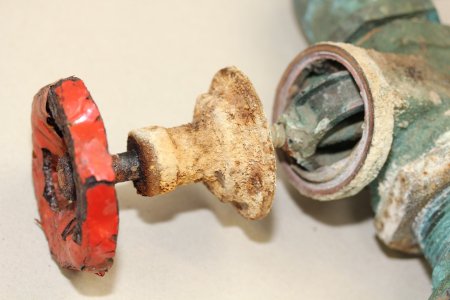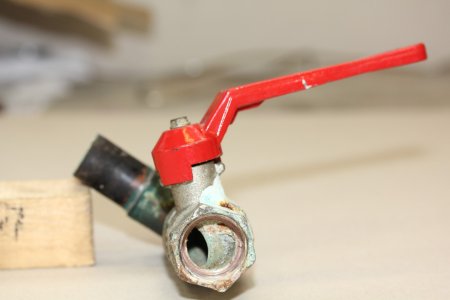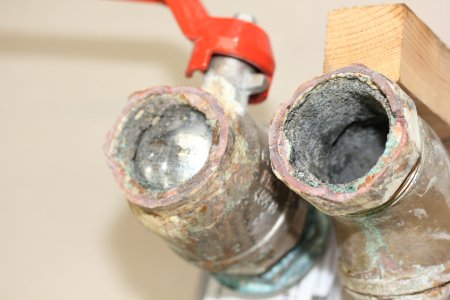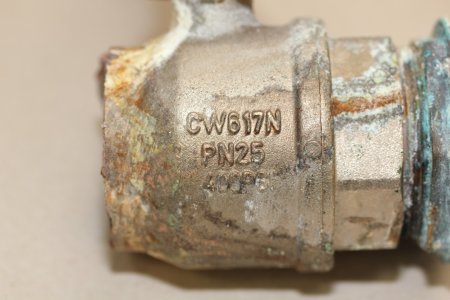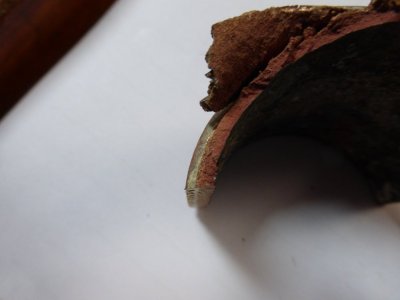NPMR
Well-known member
We had the engine seacock condemned by an engineer clearing a blockage of seaweed this summer. We replaced the whole thing as soon as we found it, with the plan to replace the others during winter refit - now in progress.
Having just scraped all these skin fittings back to bare metal, they look bright and shiny yellow. They are situated several meters away from the seacock that proved faulty. The seacocks operate cleanly, smoothly and show no signs of degradation.
So do I trust them or just bite the bullet and replace the lot regardless?
Having just scraped all these skin fittings back to bare metal, they look bright and shiny yellow. They are situated several meters away from the seacock that proved faulty. The seacocks operate cleanly, smoothly and show no signs of degradation.
So do I trust them or just bite the bullet and replace the lot regardless?

